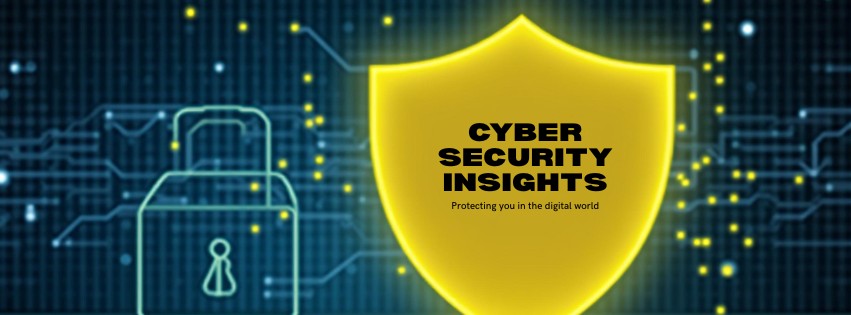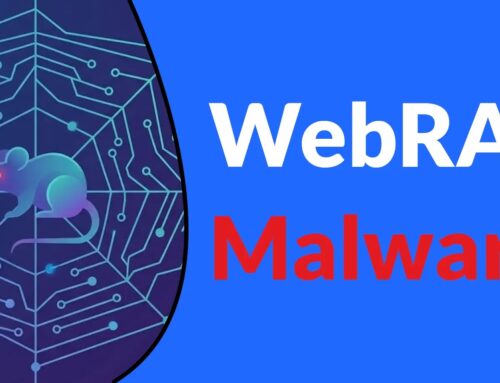
Weaponized Versions of PuTTY and WinSCP Attacking IT Admins Via Search Results
# Unmasking the Threat: Trojan Versions of PuTTY and WinSCP
## Introduction
As cybersecurity threats continue to become more sophisticated, users and organizations must remain vigilant about the software they use for secure data transmission. Recent reports of Trojan-infected versions of popular applications like PuTTY and WinSCP have raised alarms across the tech community. In this blog post, we will delve into the details of these threats, explore their potential impacts, and provide essential security tips to safeguard your systems.
## Table of Contents
1. Understanding PuTTY and WinSCP
– 1.1 What is PuTTY?
– 1.2 What is WinSCP?
2. The Rise of Trojan Software
– 2.1 What are Trojans?
– 2.2 Why Target PuTTY and WinSCP?
3. Signs Your Software May Be Compromised
– 3.1 Indicators of Trojan Infections
– 3.2 Common Symptoms
4. Implications of Using Infected Software
– 4.1 Data Breaches
– 4.2 Financial Loss
– 4.3 Reputational Damage
5. How to Protect Yourself and Your Organization
– 5.1 Verify Software Integrity
– 5.2 Regular Security Audits
– 5.3 Use of Updated Antivirus Software
6. Conclusion
– 6.1 Recap of Key Points
– 6.2 Final Takeaways
—
### 1. Understanding PuTTY and WinSCP
#### 1.1 What is PuTTY?
PuTTY is an open-source SSH and telnet client utilized widely for secure remote terminal access. It is a crucial tool for network administrators and developers who need a reliable method to connect to servers and manage systems.
#### 1.2 What is WinSCP?
WinSCP is an open-source SFTP and FTP client for Windows, enabling users to securely transfer files between local and remote computers. Its user-friendly interface has made it a favorite among IT professionals and casual users alike.
### 2. The Rise of Trojan Software
#### 2.1 What are Trojans?
Trojans, or Trojan horses, are malicious software disguised as legitimate applications. Unlike viruses, Trojans do not self-replicate but instead rely on user actions to install themselves on systems.
#### 2.2 Why Target PuTTY and WinSCP?
Cybercriminals target software like PuTTY and WinSCP due to their widespread use in secure communications. Compromising these applications can grant attackers unprecedented access to sensitive data and networks.
### 3. Signs Your Software May Be Compromised
#### 3.1 Indicators of Trojan Infections
Users should be cautious if they notice unexpected behaviors such as slow performance, unexplained crashes, or unfamiliar applications running in the background.
#### 3.2 Common Symptoms
Keep an eye out for unusual network activity, unauthorized access attempts, and increased resource usage—these can be warning signs of malware presence.
### 4. Implications of Using Infected Software
#### 4.1 Data Breaches
Trojan software can lead to significant data breaches, resulting in unauthorized access to sensitive information.
#### 4.2 Financial Loss
Organizations may face financial repercussions through activities such as fraud, loss of customers, and expensive recovery processes.
#### 4.3 Reputational Damage
Companies affected by malware incidents often suffer lasting damage to their reputation, erasing customer trust and loyalty.
### 5. How to Protect Yourself and Your Organization
#### 5.1 Verify Software Integrity
Always download PuTTY and WinSCP from their official sites and ensure to validate their integrity using checksums.
#### 5.2 Regular Security Audits
Conduct routine security audits to identify vulnerabilities in your systems and software.
#### 5.3 Use of Updated Antivirus Software
Install and update robust antivirus solutions regularly to provide a frontline defense against malware.
### 6. Conclusion
#### 6.1 Recap of Key Points
In summary, the emergence of Trojan-infected versions of PuTTY and WinSCP highlights the importance of software integrity in maintaining cybersecurity. By being vigilant, verifying software sources, and regularly auditing security protocols, you can safeguard your systems against such threats.
#### 6.2 Final Takeaways
Stay informed, take preventive measures, and educate your team about the latest cybersecurity trends. The safety of your digital assets relies on proactive steps to mitigate potential risks. Remember, in cybersecurity, an ounce of prevention is worth a pound of cure!
—
By taking these essential steps, you can significantly reduce your risk of falling victim to Trojan software and other cyber threats. Always prioritize security and vigilance in your practices, and keep your systems secure!





